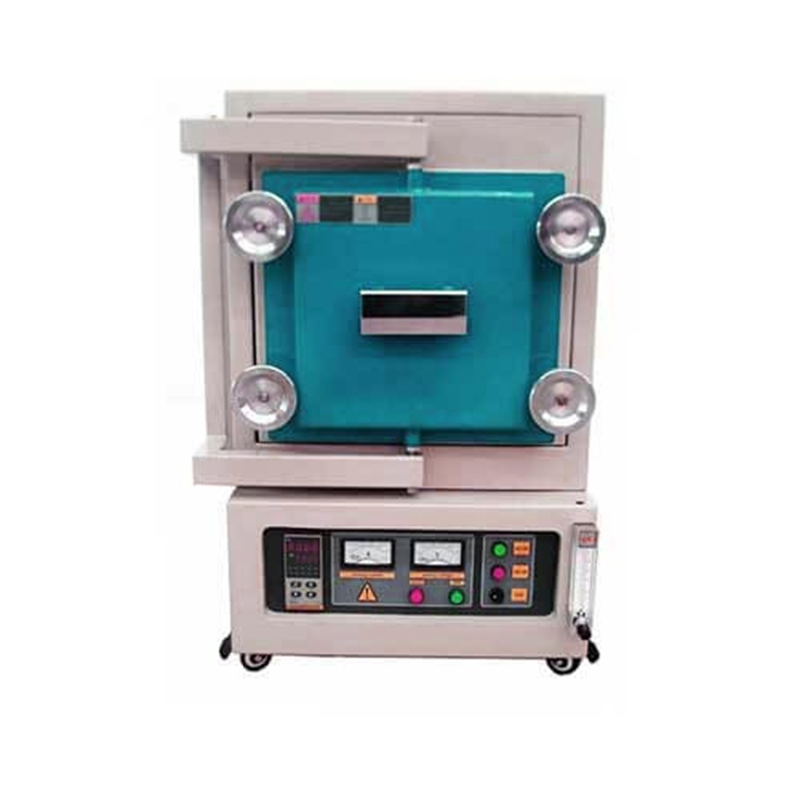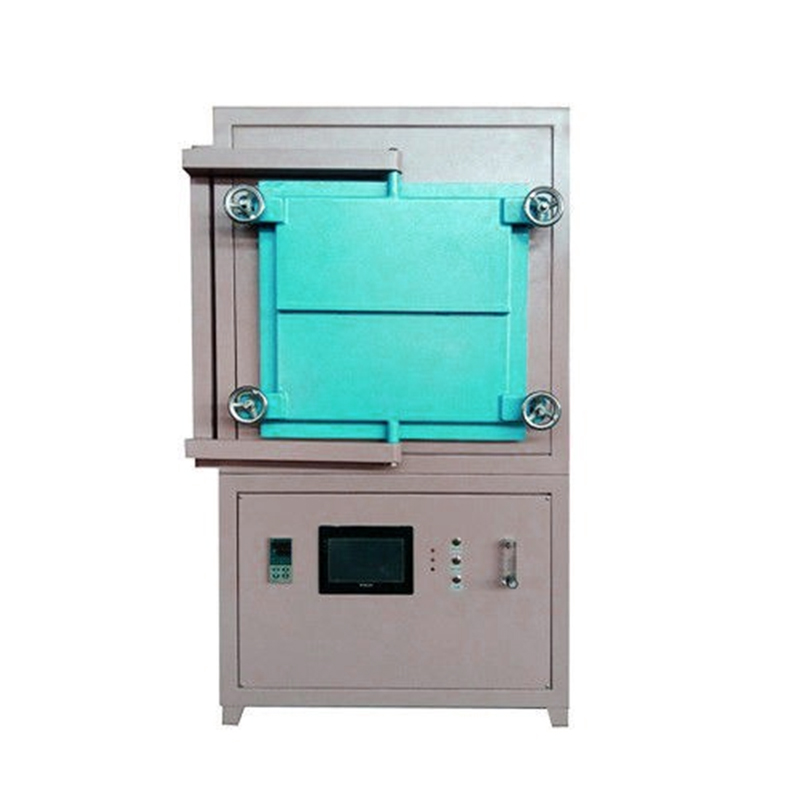-
Telephone:+0086-371-6376-8262Telephone:+0086-371-6376-8385
-
wechat:abcdefg
-
-
Email:ht@ovenfurnace.com


The core of an atmosphere muffle furnace lies in "temperature control + atmosphere control". Selection should prioritize application needs to lock in key parameters and avoid redundant functions. Below are the core screening steps:

1. First, Clarify Core Application Requirements
This is the premise for all choices and directly determines subsequent parameters:
Sample & Process: Is it for metal annealing/sintering (inert gas needed to prevent oxidation), ceramic synthesis (controlled oxygen partial pressure), or reduction reactions (requiring H₂, etc.)?
Atmosphere Type: Inert (Ar/N₂, most common), reducing (H₂/H₂-N₂, flammable), oxidizing (O₂/air), or vacuum (for high-purity needs)?
Basic Parameters:
Operating temperature (leave a 50-100°C margin when selecting a furnace; e.g., choose a 1300°C furnace if you need 1200°C operation)
Sample size (furnace chamber volume should be 20-30% larger than the sample to ensure gas circulation)
2. Screen Key Technical Parameters
1. Atmosphere Control System (Top Priority)
Air Tightness: Leak rate must be ≤1×10⁻⁹ Pa·m³/s (to prevent atmosphere contamination/safety risks)
Gas Control Precision: Use a Mass Flow Controller (MFC) instead of a rotameter. For mixed gases (e.g., 10% H₂), equip a gas mixing valve with ±1% precision.
Safety Configuration: Reducing atmospheres must have a "flame arrestor" + pre-purging function (to expel air and prevent explosions); toxic gases require an exhaust scrubber.
2. Temperature & Heating System
Uniformity: Temperature difference in the hot zone ≤±5°C (otherwise, uneven sample heating occurs)
Heating Elements: Select based on temperature/atmosphere (see table below)
Element Type Max Temp (°C) Suitable Atmospheres
Kanthal A-1 1400 Air/inert gas
SiC (Silicon Carbide) 1600 Air/inert/oxidizing atmospheres
Molybdenum (Mo) 1800 Inert gas/vacuum
Heating/Cooling Rate: For sensitive samples (e.g., ceramics), choose programmable slow rates (1-5°C/min); for high-efficiency processes, select 10-20°C/min (requires high-performance heating elements).
3. Chamber & Loading Method
Size: Only choose what you need (oversized chambers waste gas and slow heating). For example, if the sample is 250 cm³ (10×5×5 cm), select a 300-350 cm³ chamber.
Loading: Top-loading (suitable for large bulk samples); front-loading (suitable for long/flat samples, pay attention to door sealing).
3. Safety & Practicality Are Essential
Safety Features: Must include "gas leak detection sensor" (auto cuts gas and alarms if leaks occur), "dual thermostats" (prevents overheating), and an emergency stop button.
Control Convenience: PID temperature control (±1°C precision) and multi-segment programming (to automatically complete "heating - heat preservation - cooling" cycles).